In a world increasingly turning toward health-conscious and sustainable food choices, flaxseed has emerged as a nutritional powerhouse. Known for its high content of omega-3 fatty acids, fiber, and lignans, flaxseed is praised not just for its health benefits but also for its versatile industrial applications. From food supplements and cosmetics to textiles and biofuels, flaxseed plays a vital role in both the wellness and commercial sectors. But when it comes to its global cultivation and supply, one question stands out — Which country leads the world in flaxseed production?
The answer, as confirmed by international agricultural data, is Canada. Let’s delve deep into the global flaxseed industry and understand why Canada holds the top position, while also exploring other key producers and the economic and health impact of this important crop.
A Brief Overview of Flaxseed
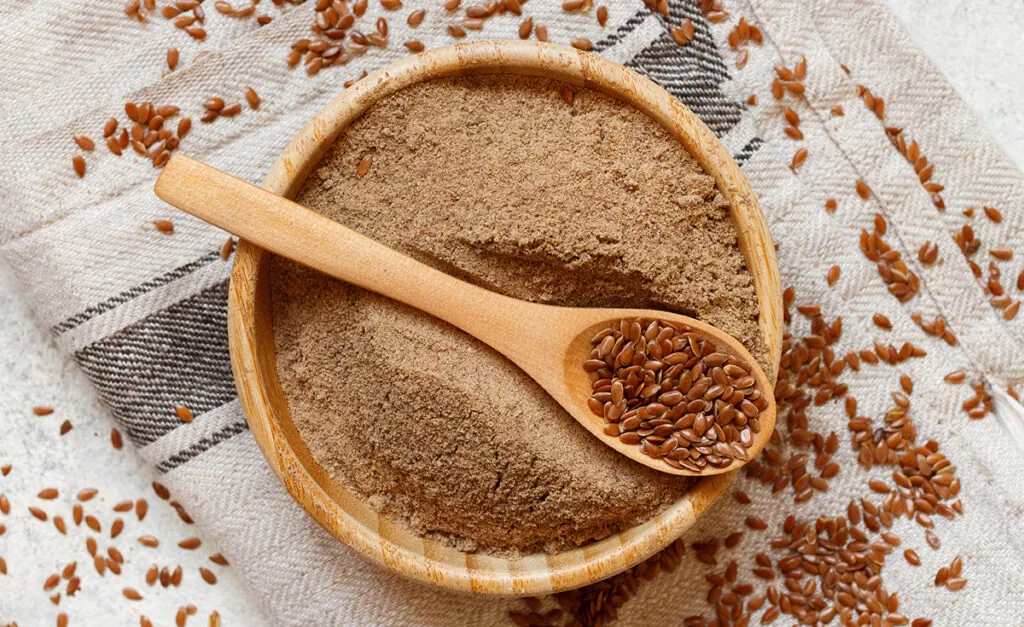
Flaxseed, also known as linseed (Linum usitatissimum), is one of the oldest cultivated crops in human history, with origins tracing back to ancient Mesopotamia and Egypt. While historically valued for producing linen fibers, flaxseed is now cultivated predominantly for its nutrient-rich seeds, used widely in food and health supplements.
There are two main types of flax:
- Brown flaxseed, typically used for industrial purposes and animal feed.
- Golden or yellow flaxseed, commonly used in human food products.
As consumer demand for plant-based, functional foods rises, so too has the global interest in cultivating and exporting flaxseed.
Canada: The Undisputed Global Leader in Flaxseed Production
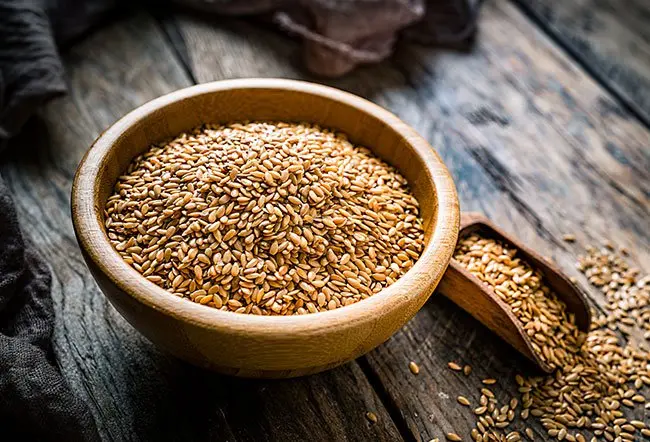
Why Canada Leads the World
Canada is the largest producer of flaxseed in the world, consistently accounting for around 40% to 45% of global production. The provinces of Saskatchewan and Manitoba form the heart of flaxseed farming in the country, offering the perfect blend of climate, soil, and modern farming practices.
According to the Food and Agriculture Organization (FAO) and Statistics Canada, Canada produces over 800,000 metric tons of flaxseed annually, making it the world’s top exporter as well. This dominance has been built on several key factors:
Key Reasons for Canada’s Success
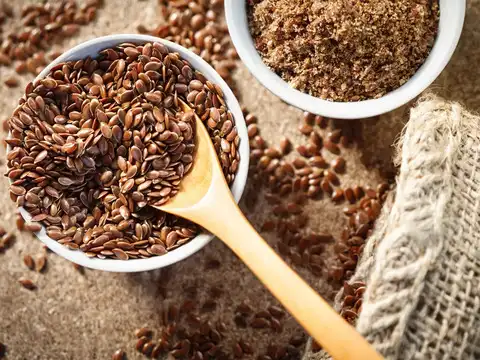
- Ideal Climatic Conditions
Flax thrives in Canada’s cool, temperate zones with well-drained soils. The long daylight hours during the growing season allow flax plants to develop optimally. - Advanced Agricultural Technology
Canadian farmers have adopted cutting-edge seeding, harvesting, and processing techniques. Precision farming, non-GMO seed development, and pest management practices have significantly improved yields and quality. - Government Support and Research
Canada has invested heavily in flaxseed research through institutions such as Agriculture and Agri-Food Canada (AAFC) and the Flax Council of Canada. These bodies help farmers adopt best practices and promote Canadian flax globally. - Export-Oriented Industry
Approximately 90% of Canada’s flaxseed production is exported to international markets, especially China, the United States, and European countries. Its high purity and quality standards have made Canadian flaxseed highly sought-after. - Dual-purpose Cultivation
Canadian flax is grown both for seeds and fiber, making it a more profitable and sustainable crop. It is also used in producing linseed oil, wood finishes, eco-friendly paints, and textiles.
The Global Flaxseed Production Landscape
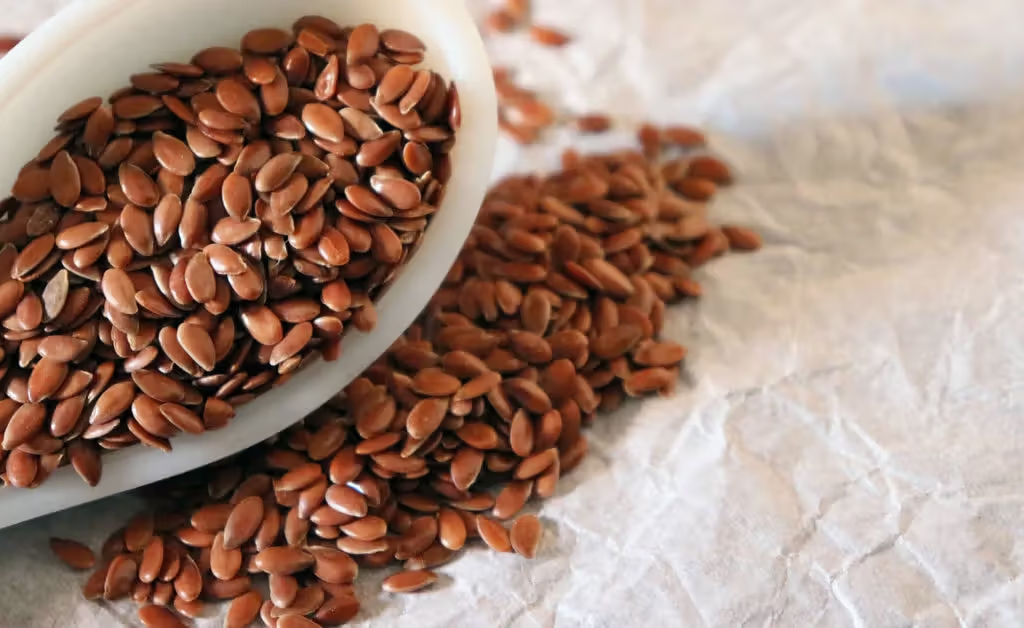
While Canada leads the chart, several other nations also play key roles in flaxseed cultivation.
1. Russia
Russia is the second-largest flaxseed producer, focusing more on fiber flax than seed production. Flax has a deep-rooted agricultural legacy in the country, particularly in central and western regions. Russia’s annual production is around 500,000 metric tons, and the nation is known for supplying flax fiber used in linen manufacturing.
2. Kazakhstan
In recent years, Kazakhstan has emerged as a strong player in flaxseed farming. The country has significantly increased its production — exceeding 350,000 metric tons annually — primarily to cater to growing demand in China and Europe. Kazakhstan’s vast steppe lands and government investment in crop diversification have contributed to this success.
3. China
China produces flaxseed primarily for domestic consumption, where the seeds are used in food, medicine, and oil. Despite not being a top exporter, China’s production capacity and rising interest in plant-based nutrition make it an important player in the global scene.
4. India
India has traditionally grown flax (locally called Alsi) in states like Madhya Pradesh, Maharashtra, and Chhattisgarh. However, its production is mostly small-scale and oriented toward local use in Ayurvedic medicine and traditional diets. With increasing awareness, India may expand its cultivation and export capacity.
5. United States
The U.S., particularly North Dakota and Montana, produces flax primarily for health foods and oil extraction. While not among the top producers globally, the U.S. is a significant importer of Canadian flaxseed, reflecting the growing consumer demand.
The Health and Economic Benefits of Flaxseed
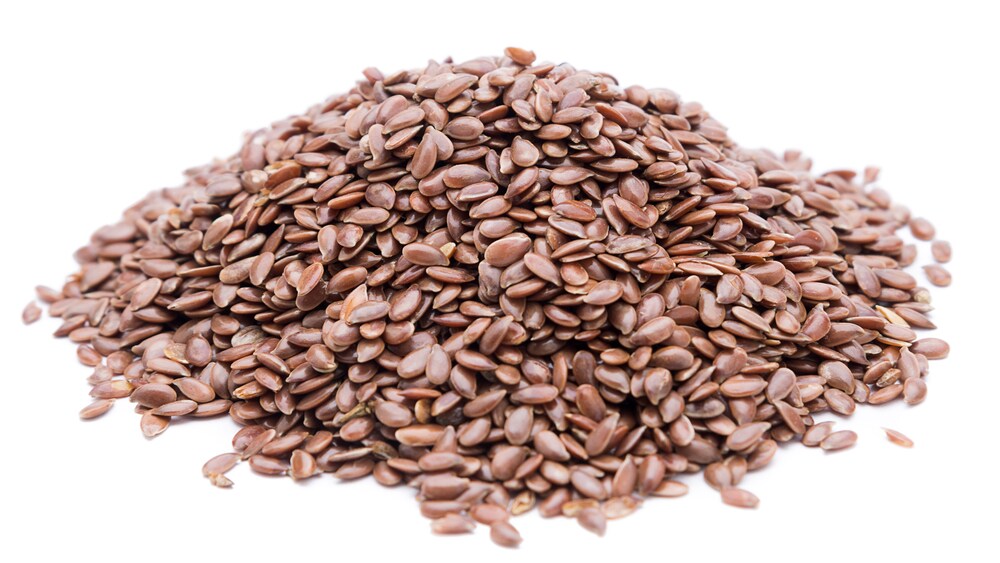
Flaxseed isn’t just an agricultural commodity — it is a nutritional and economic asset.
Health Benefits:
- Omega-3 Fatty Acids: A rich source of plant-based alpha-linolenic acid (ALA), flaxseed supports heart health.
- Dietary Fiber: Promotes digestive health and helps regulate blood sugar levels.
- Lignans: Flaxseed contains up to 800 times more lignans than other plant foods, offering powerful antioxidant and estrogenic properties.
- Protein-Rich: A good option for vegetarians and vegans seeking plant-based proteins.
Economic and Industrial Benefits:
- Value-Added Products: Includes cold-pressed flaxseed oil, flour, capsules, and protein powder.
- Eco-Friendly Fiber: Used in textiles, bio-composites, and sustainable construction materials.
- Export Revenue: For Canada and Kazakhstan, flaxseed is a high-value export product that boosts agricultural GDP and rural employment.
Challenges Facing Flaxseed Production
Even with its global popularity, the flaxseed industry faces certain challenges:
- Crop Rotation Issues: Continuous cultivation can lead to disease build-up and soil degradation.
- Pest and Disease Resistance: Flax is vulnerable to wilt, rust, and aphids, requiring careful pest management.
- Climate Change: Unpredictable weather patterns may affect growing cycles in top-producing countries.
- Market Volatility: Global prices fluctuate based on demand, trade policies, and competition from alternative oils like chia or hemp.
The Future of Flaxseed: Sustainable Growth
As the world shifts toward plant-based diets, functional foods, and eco-conscious lifestyles, flaxseed is poised for continued growth. Canada, with its robust infrastructure and quality assurance, is likely to retain its leadership. However, emerging producers like Kazakhstan and India will play an increasingly important role in meeting global demand.
Investments in research, climate-resilient varieties, and organic production will shape the future of flaxseed farming. Moreover, rising demand from sectors like cosmetics, nutraceuticals, and biodegradable materials will create new opportunities for flaxseed producers worldwide.
Conclusion: Canada — The Reigning Champion
In conclusion, Canada is the largest flaxseed producer in the world, thanks to its ideal agricultural environment, advanced farming practices, and strong export capabilities. With health-conscious consumers driving global demand for flaxseed, Canada’s continued investment in sustainable production and global trade ensures it remains at the forefront of this essential crop’s journey.
As flaxseed continues to gain recognition for its nutritional and environmental value, it stands as a shining example of how agriculture can meet the demands of both health and sustainability on a global scale.

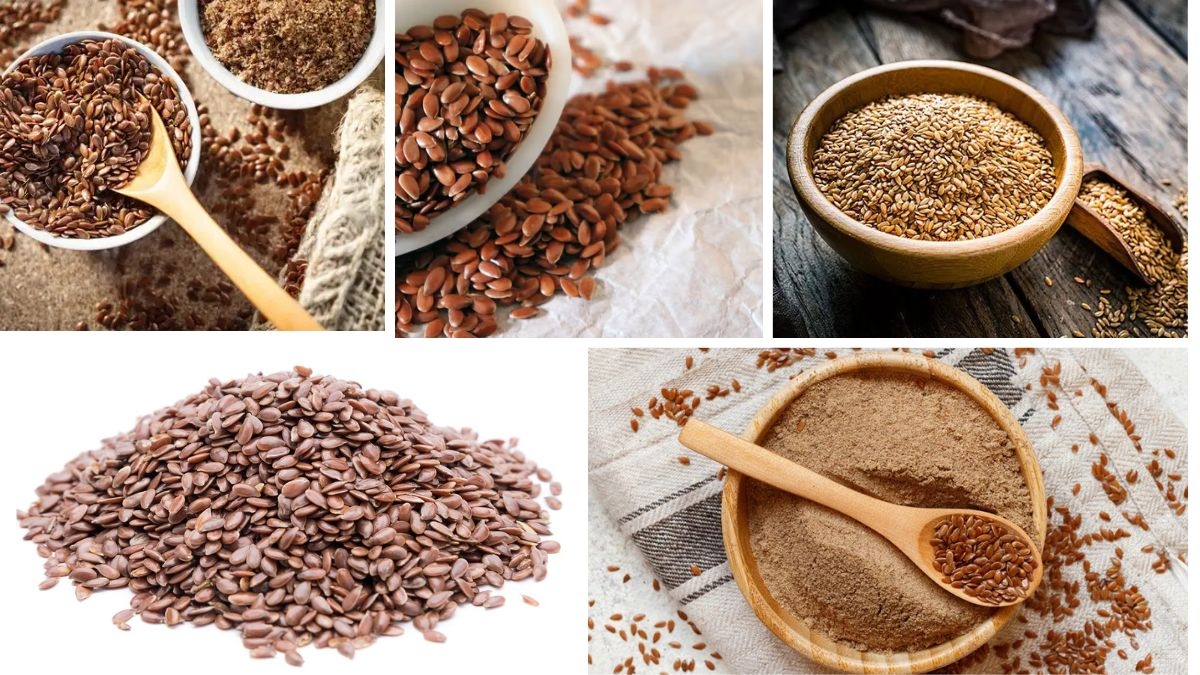

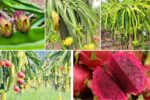

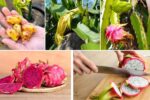
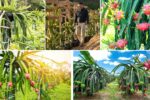
Leave A Comment